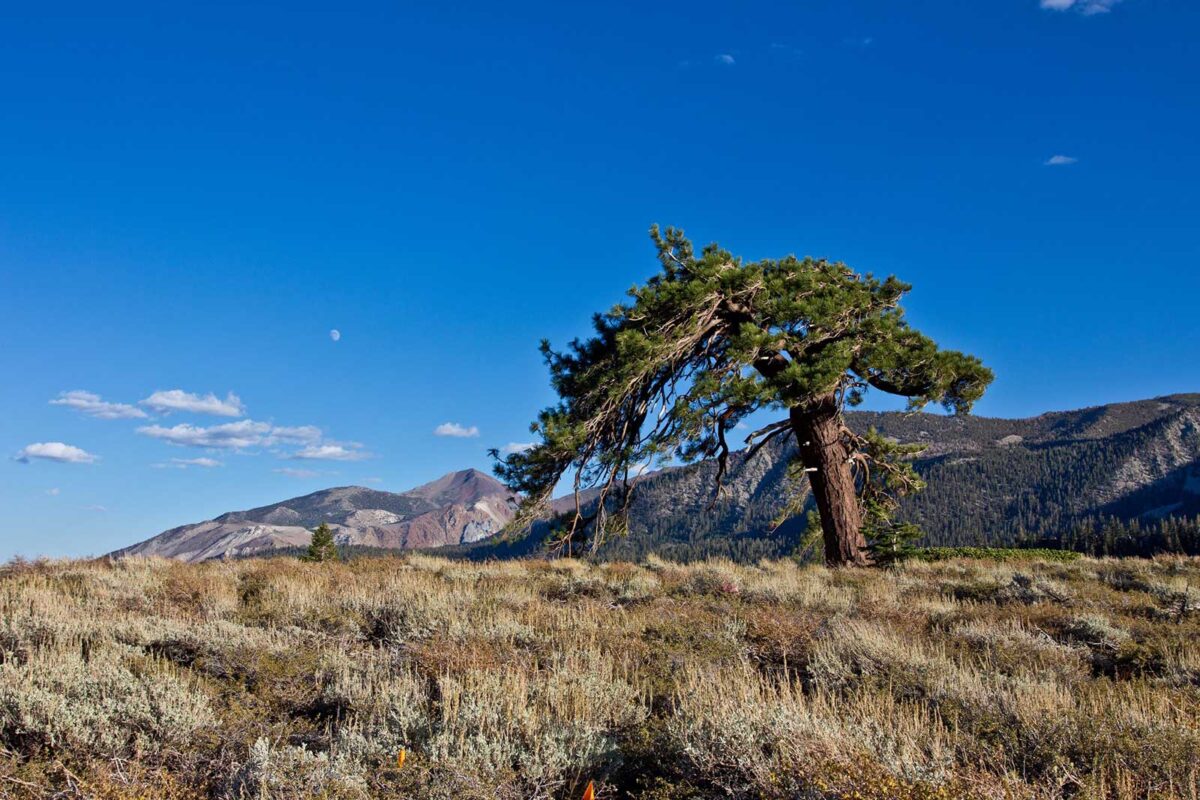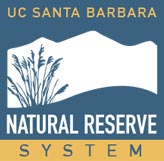
Two Reserves located in Mammoth Lakes, California are managed together and administered by the UCSB Natural Reserve System and provide the base for research and teaching operations throughout the eastern high Sierra. The face of the University of California in the region, the Reserves are an integral part of the community in this otherwise remote part of the state. With few area museums, science centers or community colleges, the Reserves serve as a critical resource. Every year, thousands of students and adults visit SNARL and its sister reserve, Valentine Camp, to participate in programs that support school curricula, as well as public walks, talks and lecture series featuring current research in the region.
Origins
During the 1920s the eastern Sierras became a popular respite for Los Angelinos. One of these, William Valentine, was part of a group that purchased a tract of land along scenic Mammoth Creek. His son made plans to preserve Valentine Camp and in 1972, the family donated the land to the Natural Reserve System, along with a generous endowment to maintain the property in its natural state to support research and teaching.
Location
The 153-acre Reserve is located on the eastern slope of the Sierra Nevada in the town of Mammoth which became a skiing mecca in the 1950s and draws seasonal residents from the LA and many other areas. The heart of Valentine Camp is the large meadow north of Mammoth Creek, once a seasonal campsite for Native American tribes living along the Great Basin, now almost entirely populated by native flora and fauna.
Fast Facts
Administering Campus: UC Santa Barbara
Established: 1972
Location: Mono County, on the eastern slope of the Sierra Nevada, on Old Mammoth Road in the town of Mammoth Lakes
Size: 63 ha (156 acres)
Latitude/Longitude:
37º37’30” N latitude
118º59’30″W longitude
USGS Maps: Old Mammoth 7.5′
Regional Elevation: 1,250 to 4,012 m (4,100 to 13,163 ft)
Site Elevation: 2,437 to 2,605 m (7,994 to 8,545 ft)
Average Precipitation: 51 to 64 cm (20 to 25 in) per year
Temperatures Range:
July maximum: 25°C (77°F)
January minimum: -10°C (14°F)
Research Areas
Researchers at Valentine Camp work in the wide variety of native habitats on site and in the diverse ecosystems in the general area. Important research topics include the impacts of climate change on species ranges and ecosystem dynamics; forest ecology and management; watershed monitoring; and avian ecology. A grant program for graduate students supports career-long work at the two reserves.
Facilities and Uses
Facilities include the original Valentine Camp cabins, now thoroughly modernized, and a classroom. More than 1,000 elementary school children visit the Reserve each year to participate in environmental education programs. Interpretive hikes and an annual lecture series provide other opportunities for adults and families to experience the Reserve’s resources.
